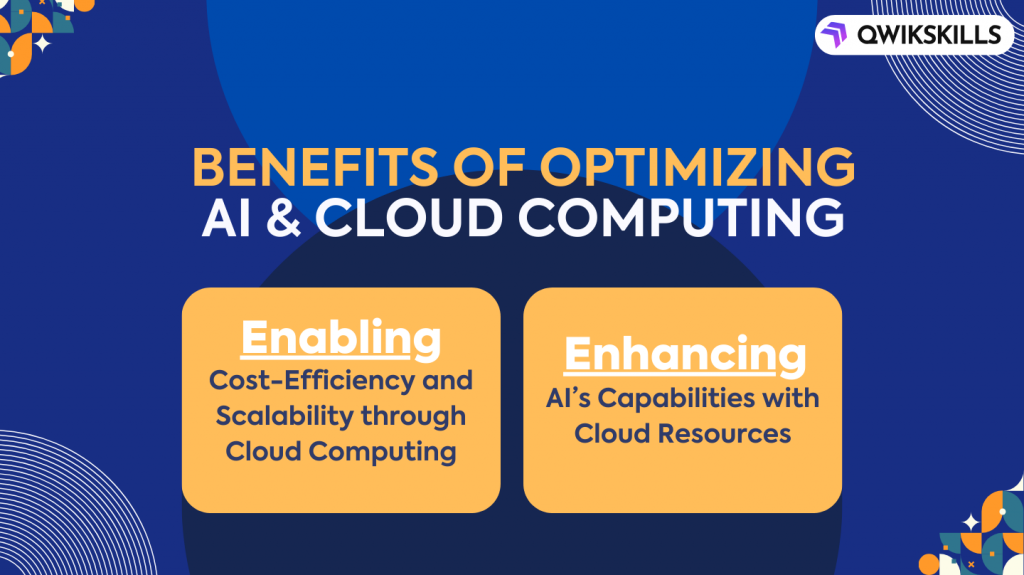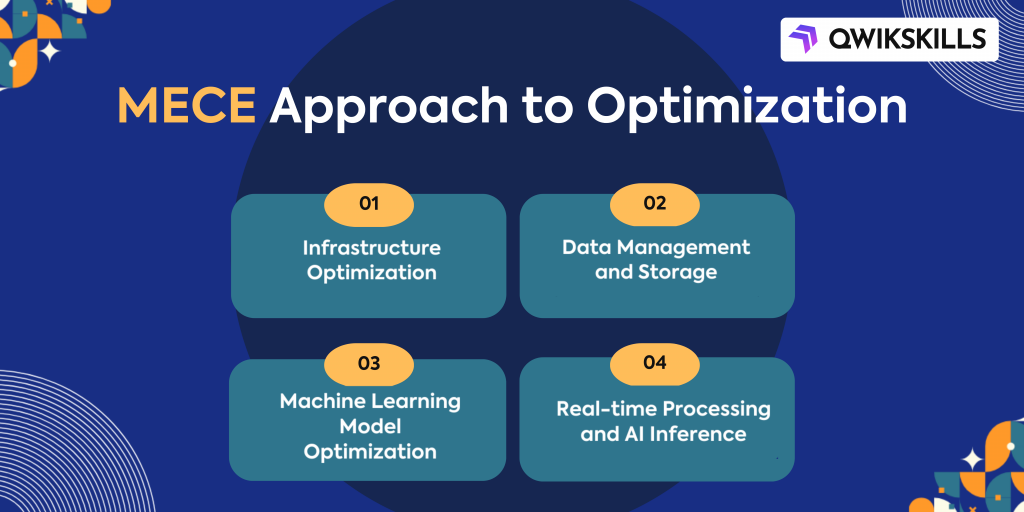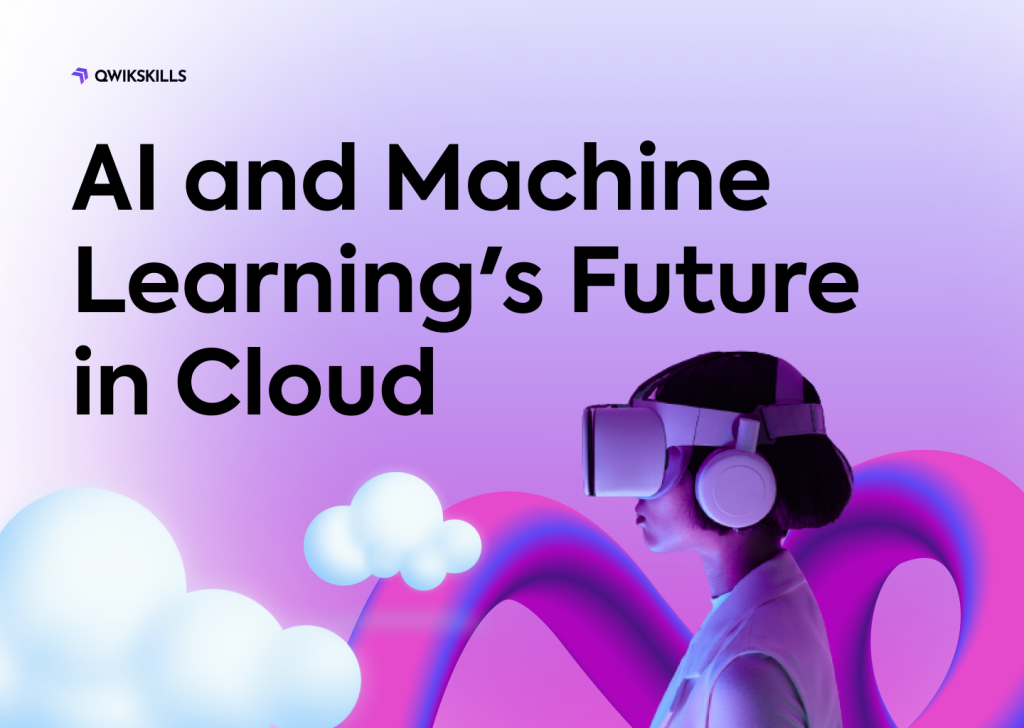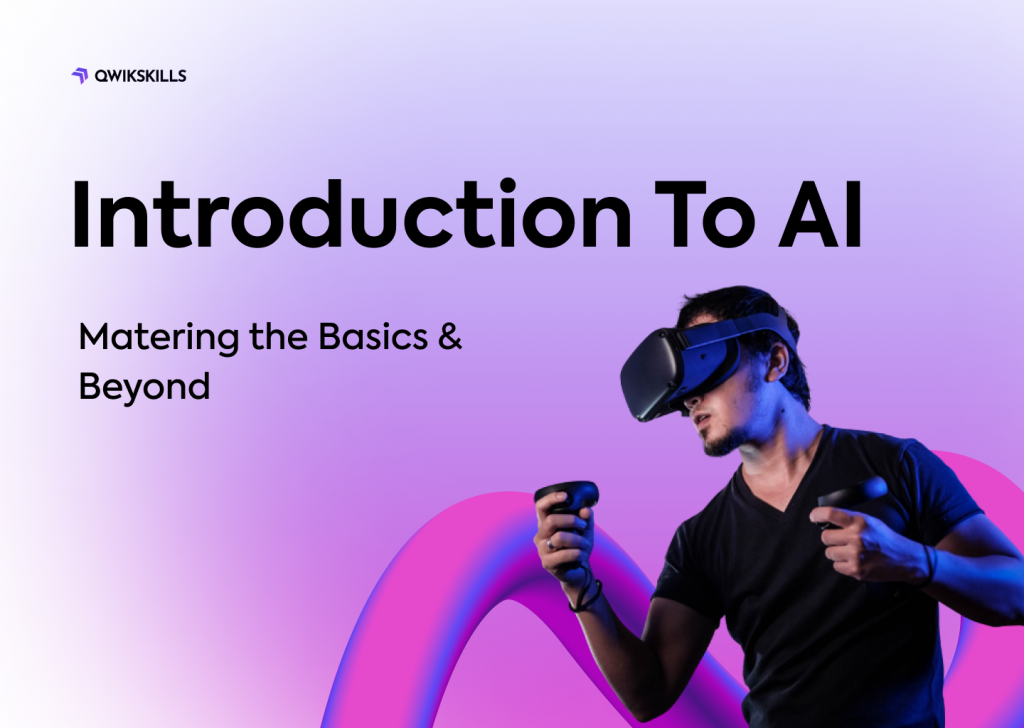Introduction
In the ever-evolving landscape of technology, the synergy between Artificial Intelligence (AI) and Cloud Computing has emerged as a powerhouse, propelling innovation and redefining possibilities. This article delves into the strategies that optimize this dynamic duo, capitalizing on their combined potential to reshape industries and drive efficiency. In an era where data-driven insights and real-time processing are paramount, understanding the intricacies of harnessing AI and Cloud Computing is paramount. Master the basics of AI with our comprehensive course, AI Essentials. Learn key concepts and applications.
I. Understanding the AI & Cloud Computing Landscape
The realms of AI and Cloud Computing have witnessed unprecedented growth, and their convergence is rewriting the rules of technological progress. AI, with its cognitive capabilities, empowers machines to simulate human-like intelligence, while Cloud Computing provides a flexible infrastructure to house and process colossal datasets. This integration is creating a symbiotic relationship where AI feeds on the Cloud’s resources to enhance its analytical prowess, transforming industries ranging from healthcare to finance.
II. Benefits of Optimizing AI & Cloud Computing
Enabling Cost-Efficiency and Scalability through Cloud Computing
Cloud Computing offers an agile and scalable environment for AI applications. Rather than investing heavily in hardware, businesses can access computing power and storage on-demand. This translates to cost savings and the ability to scale resources as needed, eliminating the constraints of upfront infrastructure investment.
Enhancing AI’s Capabilities with Cloud Resources
AI models demand substantial computational power, especially for complex tasks such as deep learning. Cloud platforms provide a vast pool of resources that can be harnessed for these tasks, enabling quicker model training and experimentation. As AI algorithms continue to evolve, the Cloud’s abundance ensures that AI’s potential can be fully tapped.
III. MECE Approach to Optimization
A. Infrastructure Optimization
Leveraging the elasticity of the Cloud is a cornerstone of optimizing AI. With varying computational needs throughout an AI project’s lifecycle, the Cloud allows dynamic allocation of resources, ensuring efficiency and minimizing costs. Selecting the right Cloud services, tailored to the specific requirements of AI workloads, further enhances this optimization.
B. Data Management and Storage
Efficient data handling is pivotal in AI optimization. Cloud platforms provide tools for organizing and retrieving data seamlessly, vital for training robust models. The implementation of data lakes and warehouses within the Cloud ecosystem facilitates the storage and management of large datasets, essential for AI’s learning process.
C. Machine Learning Model Optimization
AI model training is resource-intensive. Cloud’s parallel processing capabilities expedite this process, enabling quicker iterations and fine-tuning of models. Hyperparameter tuning, an optimization technique, can be efficiently executed on the Cloud, leading to improved model performance and accuracy.
D. Real-time Processing and AI Inference
In the age of instant gratification, real-time AI capabilities are paramount. Cloud platforms excel in real-time processing, minimizing latency and providing timely results. Serverless computing and edge AI further accelerate AI inference, ensuring seamless and near-instantaneous interactions.
IV. Security and Privacy Considerations
With great power comes great responsibility. While Cloud-based AI solutions offer immense potential, security concerns loom. Data encryption, compliance with industry regulations, and privacy protection measures are imperative. Cloud providers offer robust security features, but a comprehensive understanding of potential risks and mitigation strategies is essential.
V. Latest SEO Guidelines and Strategies
In the digital realm, visibility matters. Incorporating semantic keywords into content enhances relevance and discoverability. However, quality content creation must remain paramount, steering clear of the pitfalls of keyword stuffing. Striking a balance between user intent and keyword integration ensures that your content not only ranks but also engages.
VI. NLP Integration for Enhanced User Experience
Natural Language Processing (NLP) holds the key to revolutionizing user experiences. Cloud-based AI applications enriched with NLP, such as chatbots and sentiment analysis, enable personalized and intuitive interactions. NLP-driven insights provide a deeper understanding of user needs, fostering more meaningful connections.
VII. Future Trends and Innovations
The AI and Cloud integration landscape continues to evolve, promising a multitude of exciting possibilities. From edge AI advancements to decentralized AI networks, the future holds innovations that will redefine how we interact with technology. The interplay between AI and Cloud Computing is poised to shape industries yet unimagined, laying the groundwork for a smarter and more connected world.
Semantically Similar FAQs:
How does Cloud Computing enhance AI performance? Cloud Computing provides scalable resources and computational power that AI applications require. This enables faster processing, efficient model training, and the ability to handle large datasets, ultimately enhancing AI performance.
What are the best practices for optimizing AI models in the Cloud? Optimizing AI models in the Cloud involves leveraging dynamic resource allocation, efficient data management, hyperparameter tuning, and real-time processing. Tailoring Cloud services to AI requirements ensures optimal performance.
What security measures should be taken when using Cloud-based AI? When using Cloud-based AI, it’s crucial to implement data encryption, adhere to compliance standards, and employ protection measures against cyber threats. Collaborating with Cloud providers’ security features and adopting best practices safeguards your AI solutions.
How does NLP contribute to improved user experiences in AI applications? NLP enables AI applications to understand and generate human language. By incorporating NLP, AI can interact conversationally, analyze sentiment, and personalize interactions, leading to more natural and engaging user experiences.
Conclusion
Optimizing the synergy between AI and Cloud Computing is no longer a choice; it’s an imperative for businesses seeking to stay ahead in the tech curve. The strategies discussed in this article, ranging from infrastructure optimization to NLP integration, present a roadmap to harnessing their combined potential. As AI and Cloud Computing continue to intertwine, the potential for innovation is boundless. By embracing these strategies, businesses can propel themselves towards a future where intelligence meets infrastructure in seamless harmony.
Ready to unlock the full potential of AI & Cloud synergy? Explore QwikSkills for expert insights on optimizing this dynamic duo. Master strategies that reshape industries and drive efficiency in the tech landscape of today and tomorrow.






